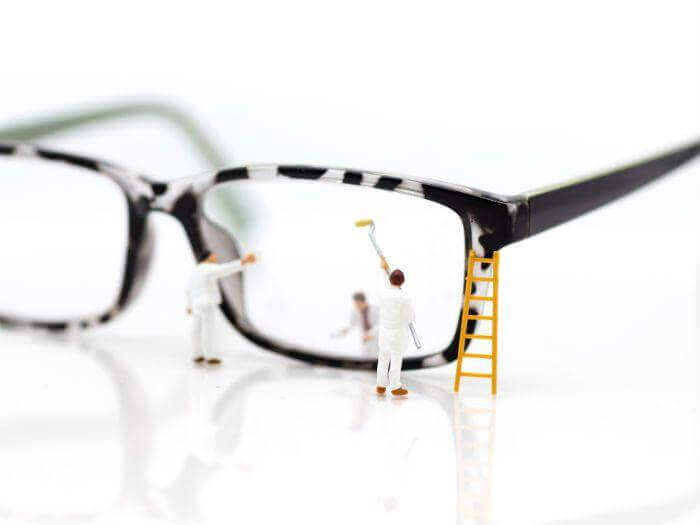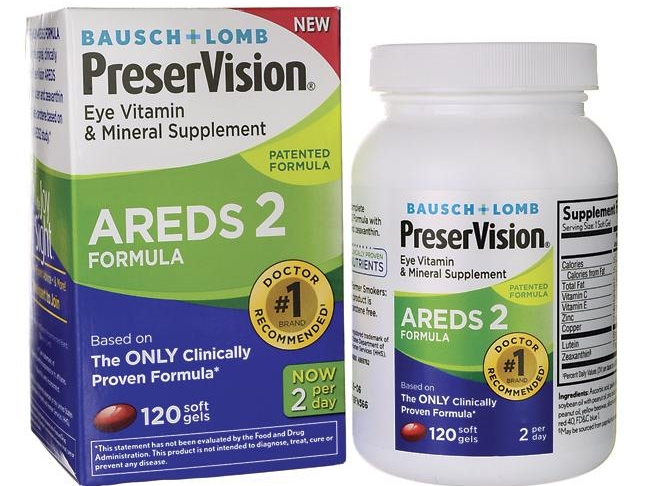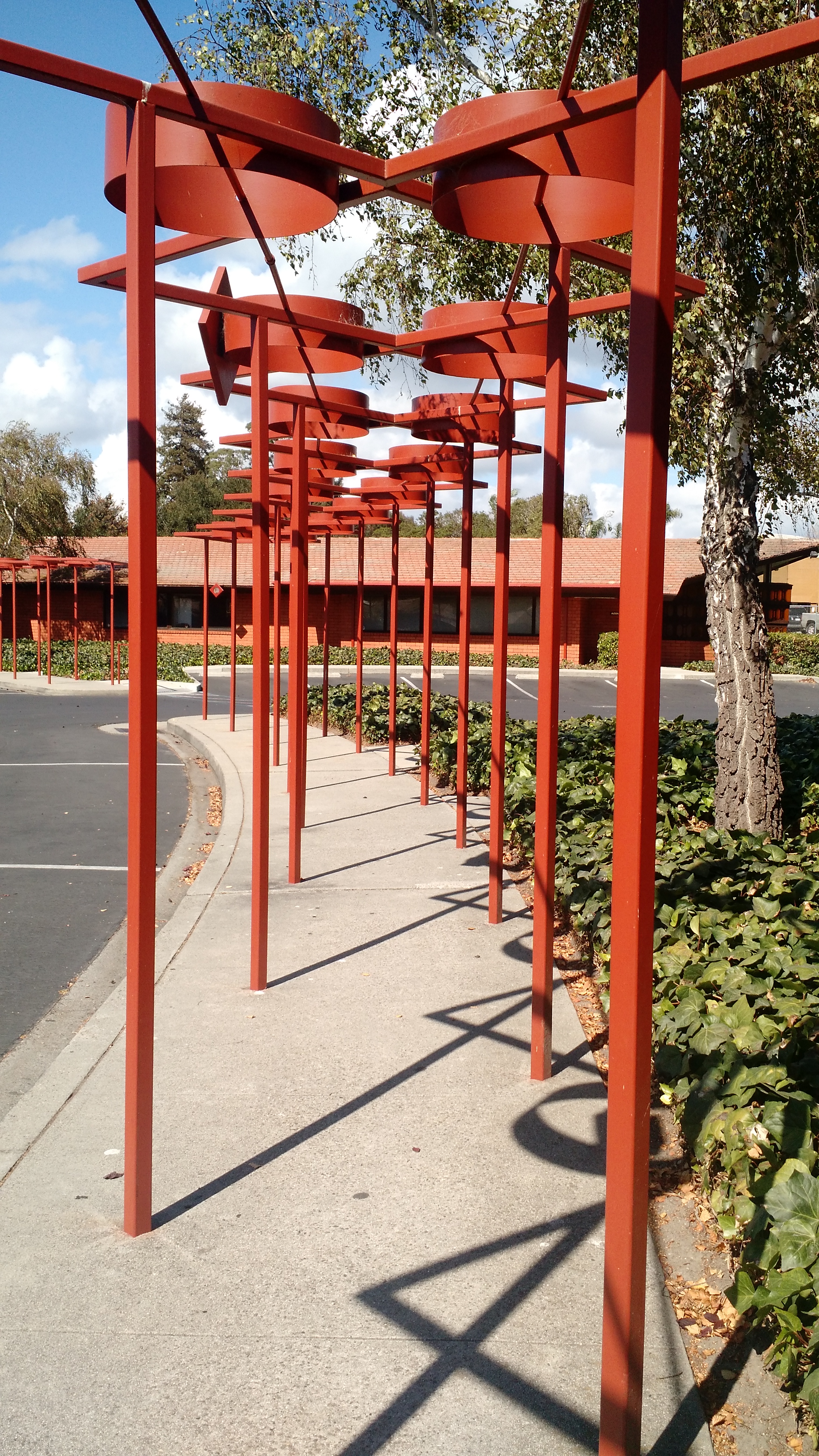Choosing The Best Lenses For Your Glasses
/When shopping for eyewear, to maximize your own comfort and convenience —and to make the most of your investment— it’s important to choose the best lenses for your glasses.
Brands and your own prescription are some things to consider if you’re trying to choose the best lenses.
For eyeglasses, choosing the right type of lenses can be quite challenging. We all want to look good in our glasses while at the same time, prioritizing comfort without compromising vision and visual acuity.
Since the market is saturated with so many choices of lenses and coatings, we decided to make this guide for you to have an easy time selecting the best quality lenses for glasses.
But, before we begin, why is choosing the right lenses so important?
When you’re buying glasses, the most apparent factor affecting your appearance and comfort is your frame selection. However, you should not neglect your decision of lenses; the type of lenses you opt for for your eyeglasses often has plays a large role in your overall vision quality, comfort, safety, and even your appearance.
So, when deciding which type of lenses, you should consider how a given lens type will affect these four factors: comfort, appearance, vision, and safety.
The common mistake that people make when buying eyeglasses is not spending enough time to consider their eyeglass lens coatings, materials, and designs.
This guide will equip you with the basics you need to know to purchase any type of prescription eyeglasses wisely.
1. Eyeglass Lens Material
When choosing your lens material there are a number of options to consider, each of which offers its own benefits and drawbacks; some are more affordable or more durable than others, while newer types of lens materials can offer all that with added vision quality but at a higher price point.
Here are some options for you to consider:
Plastic Lenses
Plastic lenses made with CR-39 polymer (short for Columbia Resin 39) are the most common type of glasses lenses in use today, unlike glass lenses —which are rare these days— plastic lenses are lightweight, affordable, and durable, without sacrificing vision quality.
Polycarbonate Lenses
Developed by Gentex Corporation in the 1970s, polycarbonate lenses were originally designed for use in safety glasses, helmet visors, and “bulletproof” glass; they are significantly lighter and more impact resistant than plastic lenses.
Since then, polycarbonate lenses have became increasingly popular for a variety of different types of glasses, including children’s and sports eyewear, but you might not get the most out of them if you’re shopping for the best lenses for reading glasses.
Trivex
The best lenses for prescription glasses are made with a material called Trivex, which have even higher abbe values than polycarbonate lenses.
Trivex was introduced by PPG Industries in 2001, and it was designed as a rival lens material to polycarbonate lenses. Like polycarbonate lenses, lenses made of Trivex are thin, lightweight and much more impact-resistant than regular plastic or glass lenses.
Here are some of the features of trivex-made lenses.
Superior impact- and scratch-resistance
It is the lightest material available as of now
Has a higher abbe value than other materials like polycarbonate
Blocks 100% of UV light
2. Index of Refraction
Also known as the refractive index, this is the relative measure of how a material bends (refracts) light, and this affects the thickness of the lenses for any given frame.
Depending on your prescription, you may or may not need the best high index lenses.
For glasses, thinner lenses typically have a higher refractive index, while thicker lenses usually have a lower refractive index.
3. Abbe Value
A lens material’s abbe value is the measure of how widely it disperses various wavelengths of light as it passes through the lens.
Normally, when you wear eyeglasses with lenses with a low abbe value, you’ll notice chromatic aberrations —optical errors that can be seen as colored halos around objects such as headlights. Chromatic aberrations are the result of high dispersion of light.
For better vision, we recommend lenses with a higher abbe value to filter out unwanted aberrations.
4. Lens Design
There are many lens designs out there, but if you want eyeglasses that are going to meet your everyday needs, we highly recommend Shamir digital lenses.
Shamir’s Autograph II Single Vision is a digital RX prescription lens for everyday use, while thier Autograph III is one of the best lens for progressive glasses, simulating real world images with a phenomenal field of view.
5. Lens Coatings and Treatments
Depending on how you plan to use your glasses, there are a variety of lens treatments and coatings for you to choose from.
For example: for blocking harmful UV rays and blue light, we treat our patient’s lenses with Crizal Prevencia.
Crizal Prevencia blocks out all these harmful rays while allowing in the good light that boosts brain activity and regulates mood and sleep.
If you use computers for more than six hours a day, we highly recommend you get your glasses treated with the Crizal Prevencia coating.
For a more precise vision, we use anti-glare coatings like Avance and Sapphire to block unwanted reflections.
These coatings cut out the glare in our everyday life surroundings to reduce eye strain. The coatings also contain UV protection without the appearance of colored hues on the eyeglass lenses.
The different materials and coatings we’ve listed in this post are optimal for your everyday use.
If you’re looking for the best place to buy lenses for glasses, whether lenses for reading or prescription eyeglasses, you can visit Midtown Optometry.
At Midtown Optometry, we are always more than happy to meet with you and discuss about your ideal lenses.
Feel free to reach out to us and we will be glad to help you.
OR


































